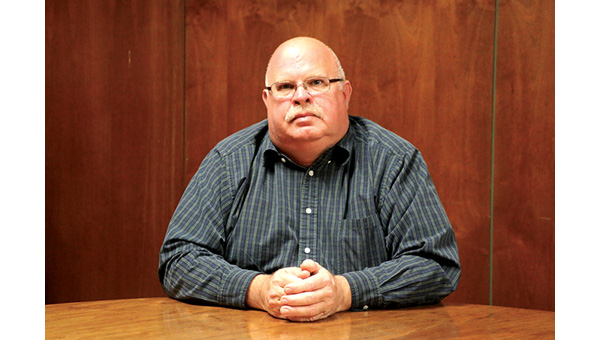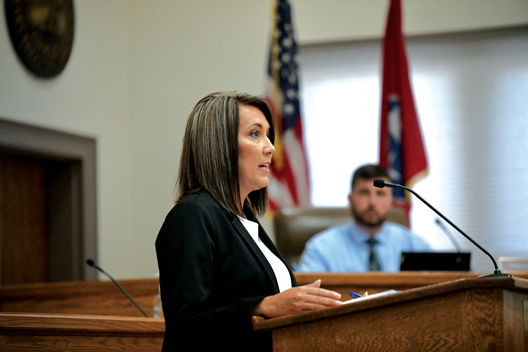Benefits of TIF District to be explained at Tuesday meeting
Published 8:56 am Monday, November 9, 2015

Local officials and the public will convene this Tuesday evening to discuss the economic benefits and outcomes of creating a tax increment financing (TIF) district.
Members of the County Commission, City Council, Planning Commission, Elizabethton Housing and Development Agency and City Council, are invited to attend, as is the public. The meeting will begin at 5:15 p.m. in City Hall Council Chambers, and seating is limited.
Guests Mark Mamantov, a Knoxville attorney with over 30 years of public finance experience, and Lynn Tully, Kingsport Development Services Director will speak at the meeting.
Elizabethton Director of Planning and Economic Development Jon Hartman said that Mamantov will discuss how a TIF works: liability, responsibilities, what has to be approved, who borrows the money, what happens if they want to get out of it and what happens with leftover funding.
“Mark is the leading expert in the Southeast on incentive financing,” Hartman said.
Tully will provide a real world example of how the TIF has operated and benefitted the Kingsport, Hartman added. He will discuss who manages the TIF, how they have used it and what kinds of results they are seeing.
Kingsport, Bristol and Johnson City currently all have TIF districts which have already paved the way for incoming businesses like Bass Pro Shop in Bristol, Target in Kingsport and a number of businesses in downtown Johnson City including Tupelo Honey Cafe and Yee Haw Brewing Company.
A TIF is a redevelopment district, in which properties’ tax values are assessed and then frozen. Then, as the area develops, property values increase, but that frozen assessed value stays the same. When companies move in, they pay the new property tax (assessed once renovations have been made), but the city or county only collects the frozen tax value, leaving additional funding that may only be spent to improve the TIF district.
These improvements may also include making the area safer and more inviting for pedestrians or improving storm water drainage, roadways and infrastructure.
In Johnson City, for example, the TIF money has made downtown significantly more friendly to pedestrian traffic by improving crosswalks and adding trees and islands between lanes, Hartman explained. It also partially funded the development of Founders Park, which dually benefits the community by providing a beautiful pedestrian-friendly area and serving as a storm water drainage site.
“Improved pedestrian traffic is attractive to incoming businesses, so by creating that atmosphere, like Johnson City is doing, they attract more people and businesses to the downtown area,” Hartman said.
He added that, with a TIF, the local government has the funding to subsidize parts of the property development like roadways, water and sewer, giving businesses more incentive and ability to develop here.
“It helps the community by allowing us to expand infrastructure, adding jobs and bringing in additional sales tax,” said Hartman.
However, establishing a TIF locally will take cooperation, Hartman said, pointing out that the most critical component to making this happen will be a joint effort between the city and county.
“County property taxes are higher than in the city, so because of that, it will be difficult for the city to go in by itself and do this,” said Hartman. “It will not be nearly as successful if both parties do not participate.”




